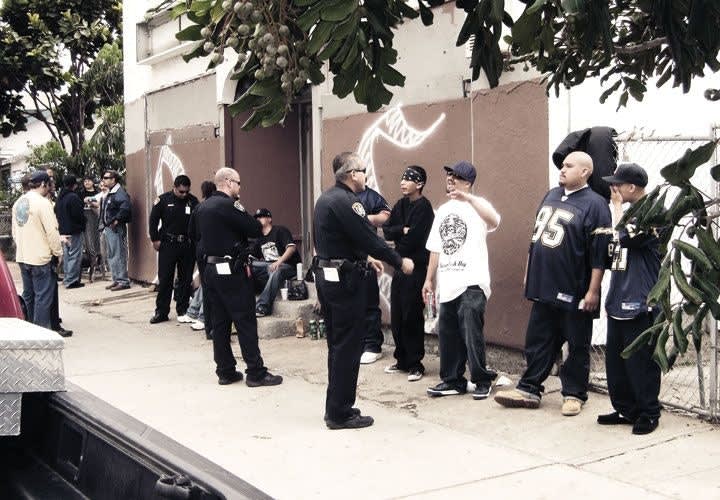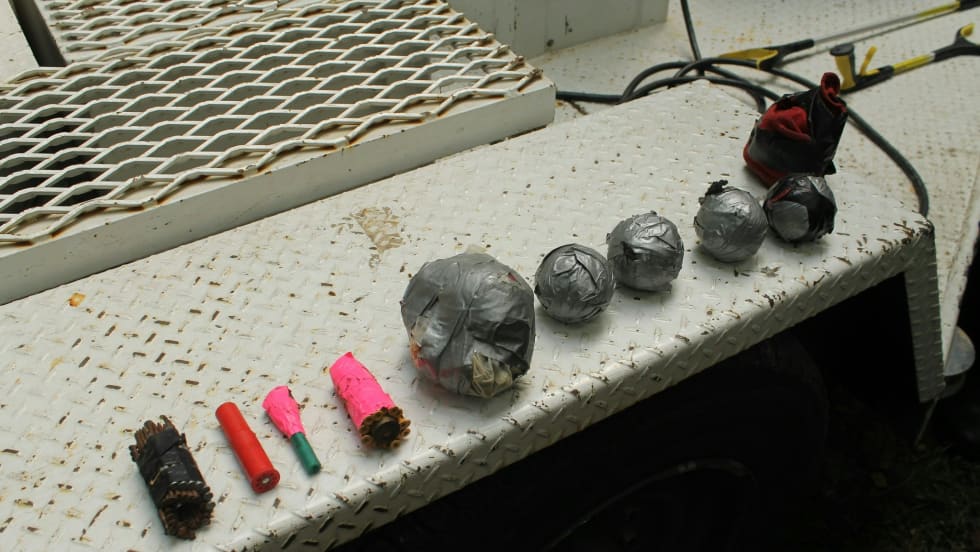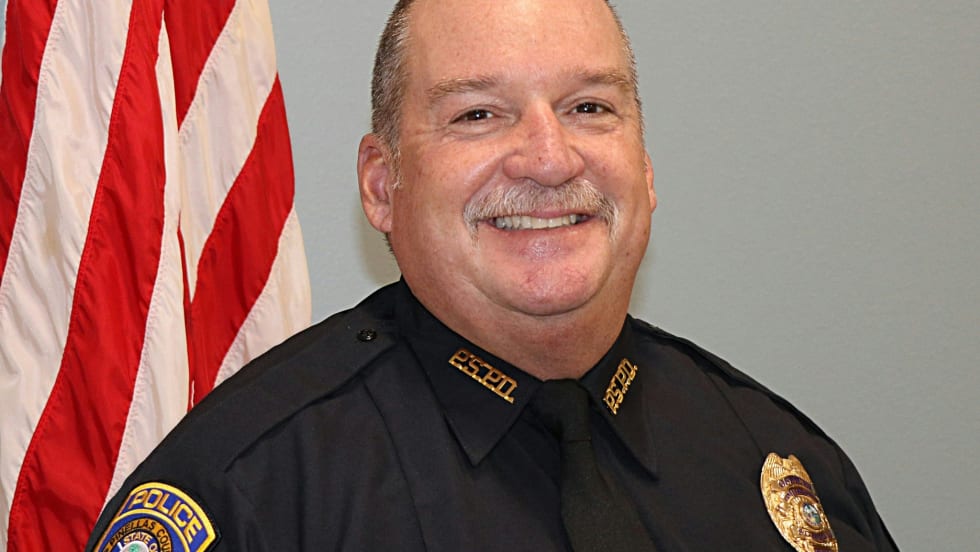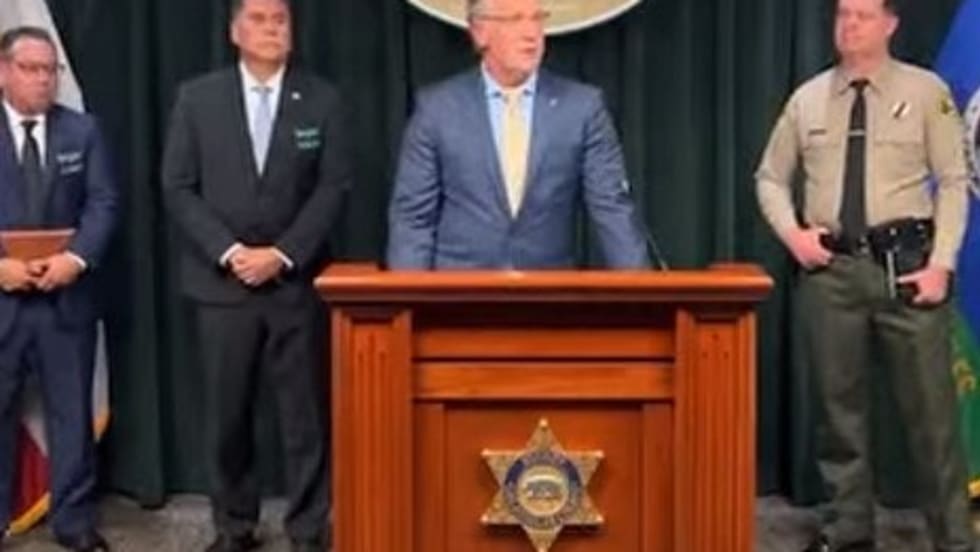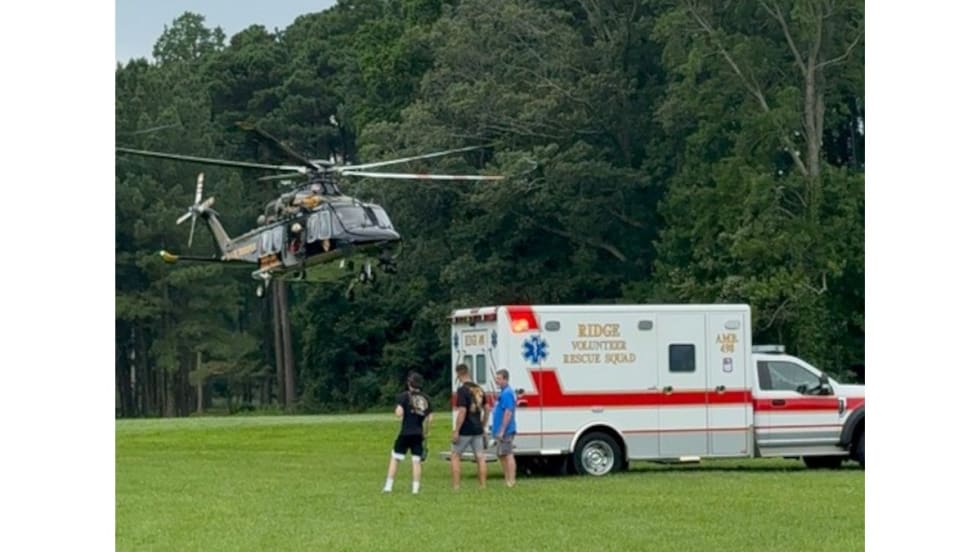Many gang members of Hispanic decent, for example, use two last names, a Spanish concept involving the use of paternal and maternal last names. For instance, the name Juan Manuel Garcia-Flores is composed of four elements: Juan is the first name, Manuel is the middle name, Garcia is the paternal last name and the legal name, and Flores is the maternal last name. The names are traditionally joined by a hyphen, the conjunction Y, or by nothing. It is important to recognize both last names and record them accurately in criminal records.
Failure to properly document an individual by his or her last name will likely result in confusion. Sophisticated offenders are aware of this confusion and will attempt to hinder law enforcement, especially when dealing with Hispanic and Asian gangs, when in fact most know enough to realize what is being said and what actions are about to be taken. They will profess their innocence, frequently using the phrases "No problem," or "No entiendo," hoping to make the officer lose interest or record the false information.
Take time to investigate and record the correct moniker. Does he have an address book on his person with gang names on it that can tell you his moniker and the monikers of his companions? Does he have graffiti on his hat, belt, shoes, etc., that may tell you his moniker?
If a subject is carrying an address book containing phone numbers and monikers, take the time to record that information for gang investigators. Many times the gang members will have personal photos in their wallet, maybe of friends and family. It has been beneficial to look at the backs of the photos and read any personal messages that may be addressed to a specific moniker. The reality is that when many gang crimes occur the victims may know only that it was "Speedy" or "Flaco" who was responsible; they won't know the person's real name. Therefore, obtaining a moniker is very important.
Phone numbers are also critical. And don't forget to always include the area code. Get the cell number of any cell phones on the subject's person. If possible, review the numbers that have been called recently and make note of the service provider. All of this may become very important in gang investigations at a later time.


